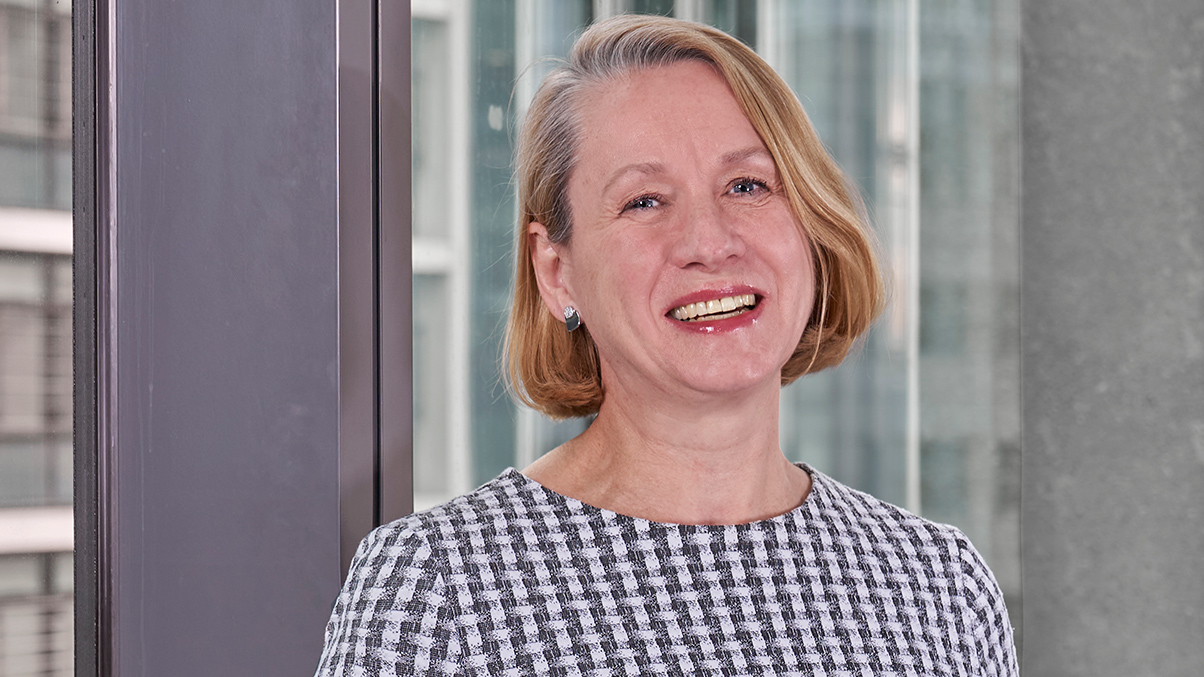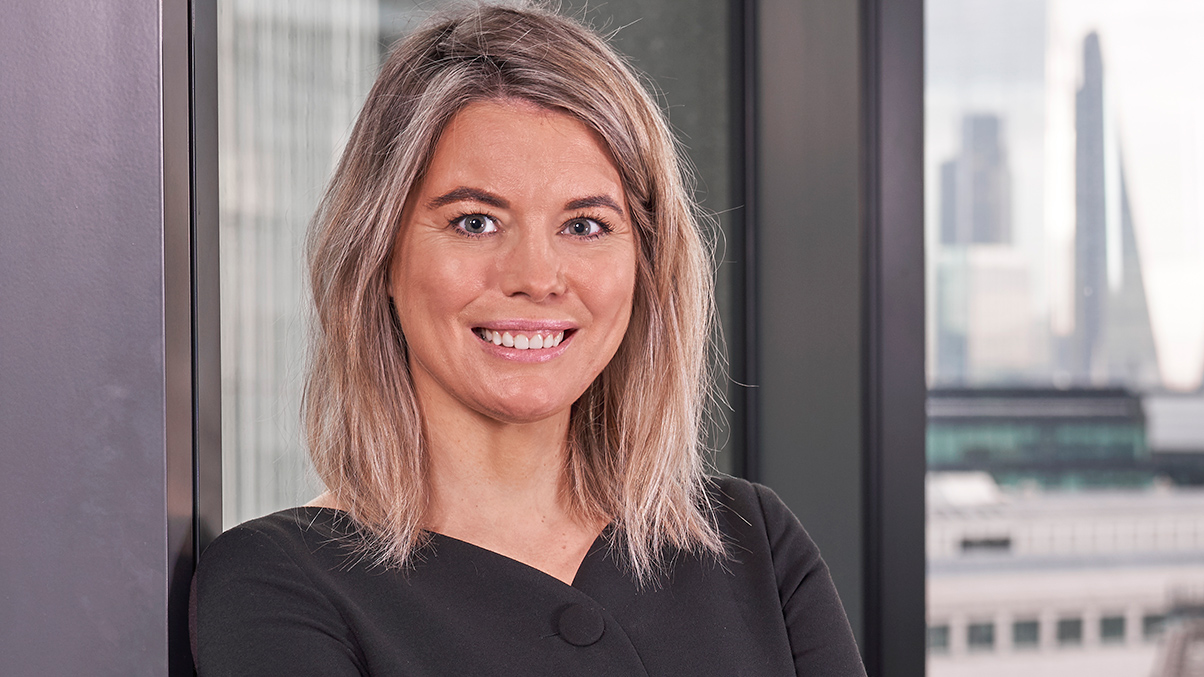Lisa Vanderheide, a tax director in our tax litigation and investigations practice, spoke to the Tax Journal about tax avoidance, civil disclosure of fraud, interest mitigation and cryptoassets as well as her own career and personal interests.
Lisa was a tax inspector in HMRC for 16 years before joining PwC and then BDO, where she was a tax director. As part of the team at Stewarts, Lisa specialises in complex tax enquiries and disclosures, and advises clients on their options in relation to tax avoidance arrangements under challenge by HMRC.
What’s keeping you busy at work?
As ever with tax, there’s never a dull day and always a lot of variety – so I’ll have to go with my top two which are tax avoidance and the civil disclosure of fraud (CDF/COP 9 work).
In relation to tax avoidance, HMRC is under pressure to clear the decks of thousands of open enquiries into various avoidance arrangements over the next two years – ranging from film partnerships to EBTs. Understandably, at the height of the covid-19 pandemic HMRC largely downed tools on most enquiries and tax avoidance was no exception. We are now seeing a considerable upturn in activity however, with long-awaited settlement computations now arriving and closure notices being issued for a number of arrangements. I also understand there are some new settlement opportunities due to be announced ‘imminently’ in relation to some disguised remuneration arrangements and film partnerships, which are likely to be of interest to a large number of individuals.
I have also noticed an upturn in the number of COP 9/CDF enquiries being issued by HMRC now that its enquiry work is getting back to normal. A particular challenge comes from clients that have approached me towards the end of the 60 day period for providing HMRC with an outline disclosure, so it is ‘all hands to the deck’ to ensure the disclosure is accurate and robust.
If you could make one change to a tax law or practice, what would it be?
Definitely interest mitigation. There is no statutory basis by which HMRC can mitigate interest. It is therefore concessionary and subject to the internal HMRC guidance to be found in HMRC’s Debt Management and Banking Manual (at DMBM405030). Each case of course rests on its own facts, but where there is significant HMRC delay during an enquiry (whether it be an alleged avoidance or evasion issue), HMRC should be more open to mitigating interest. The level of interest for many tax avoidance cases is often a significant blocker for clients who would otherwise be keen to settle with HMRC.
What do you know now that you wish you’d known at the start of your career?
When I started my career as a nervous 22 year old in a clerical role at the Foreign Office, I wish I’d known how varied my career would turn out to be and what interesting roles I would have, and about the inspirational people I would meet and lifelong friends I would make.
After two years at the Foreign Office, I spent 16 years at HMRC in various investigatory roles which I loved. This was followed by 20 years in the private sector which, although very different to HMRC in terms of work pressures and priorities (how I miss not having to complete timecards!), has been incredibly varied. It’s flown by.
What are clients currently asking about?
The tax treatment of cryptoasset gains and losses. There is no bespoke tax legislation for cryptoassets, so existing tax legislation is applied to an evolving, complex and volatile area. HMRC has been busy sending out ‘nudge letters’ to individuals it suspects may have cryptoasset gains to declare. The letters are as a result of information HMRC collated following the notices issued under FA 2011 Sch 23 para 1 to some cryptoasset platforms, and I have had a number of individuals approaching me for assistance as a result.
And finally, you might not know this about me but…
Outside of work, I am happiest either travelling, watching films (I am a huge science fiction fan) or reading. My favourite author is Diana Gabaldon and I love her Outlander series of books. There are nine of them and they are all more than 800 pages. I discovered them about five years ago and read them all over a three month period, allowing my husband to watch sports on TV unhindered. This resulted in him being able to boast that he could now recognise all the top 30 golfers in the world from behind!
This interview was first published in Tax Journal, 30 March 2022. The original can be found here.
You can find further information regarding our expertise, experience and team on our Tax Litigation and Investigations pages.
If you require assistance from our team, please contact us or request a call back from one of our lawyers by submitting this form.
Subscribe – In order to receive our news straight to your inbox, subscribe here. Our newsletters are sent no more than once a month.




